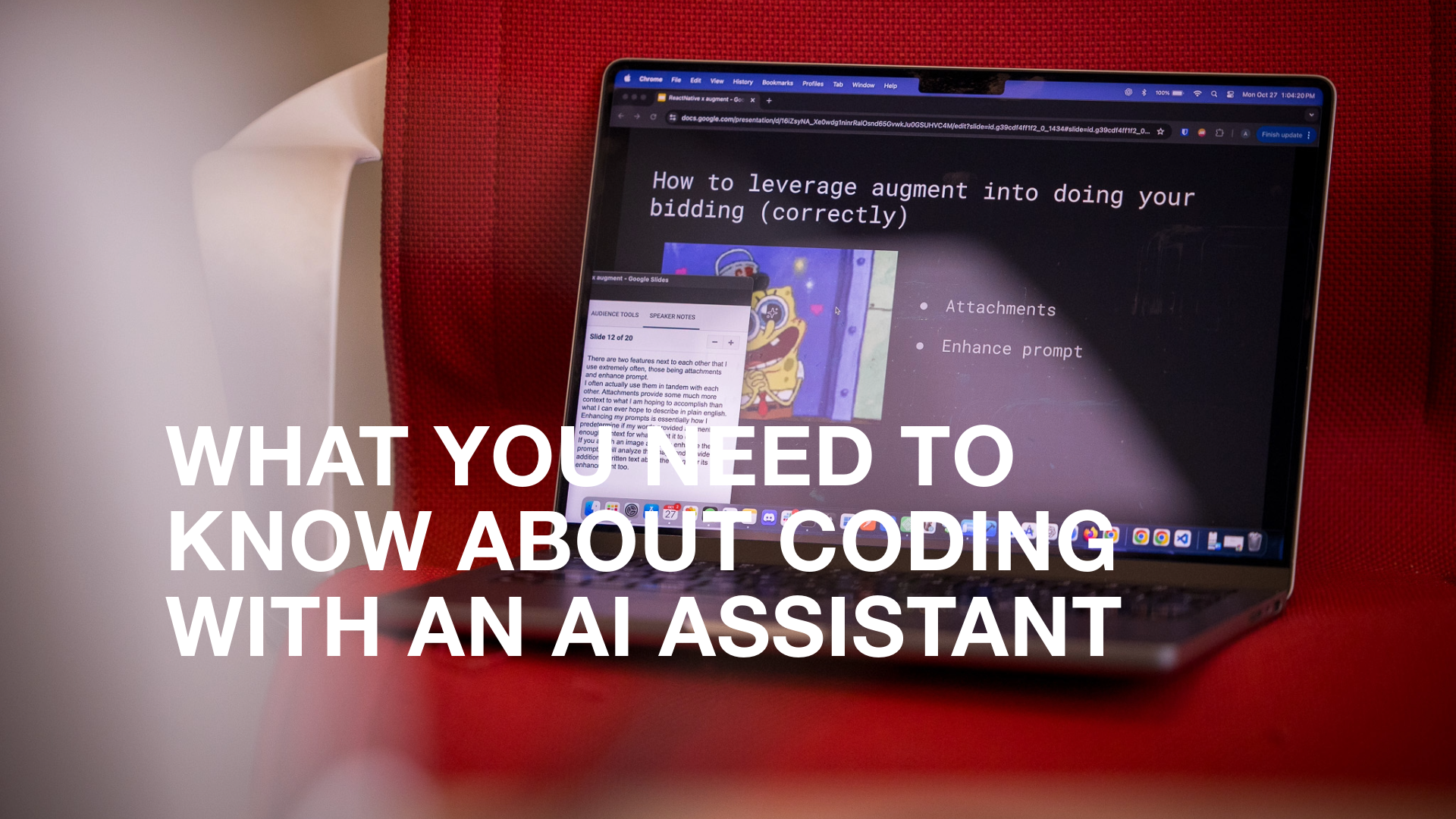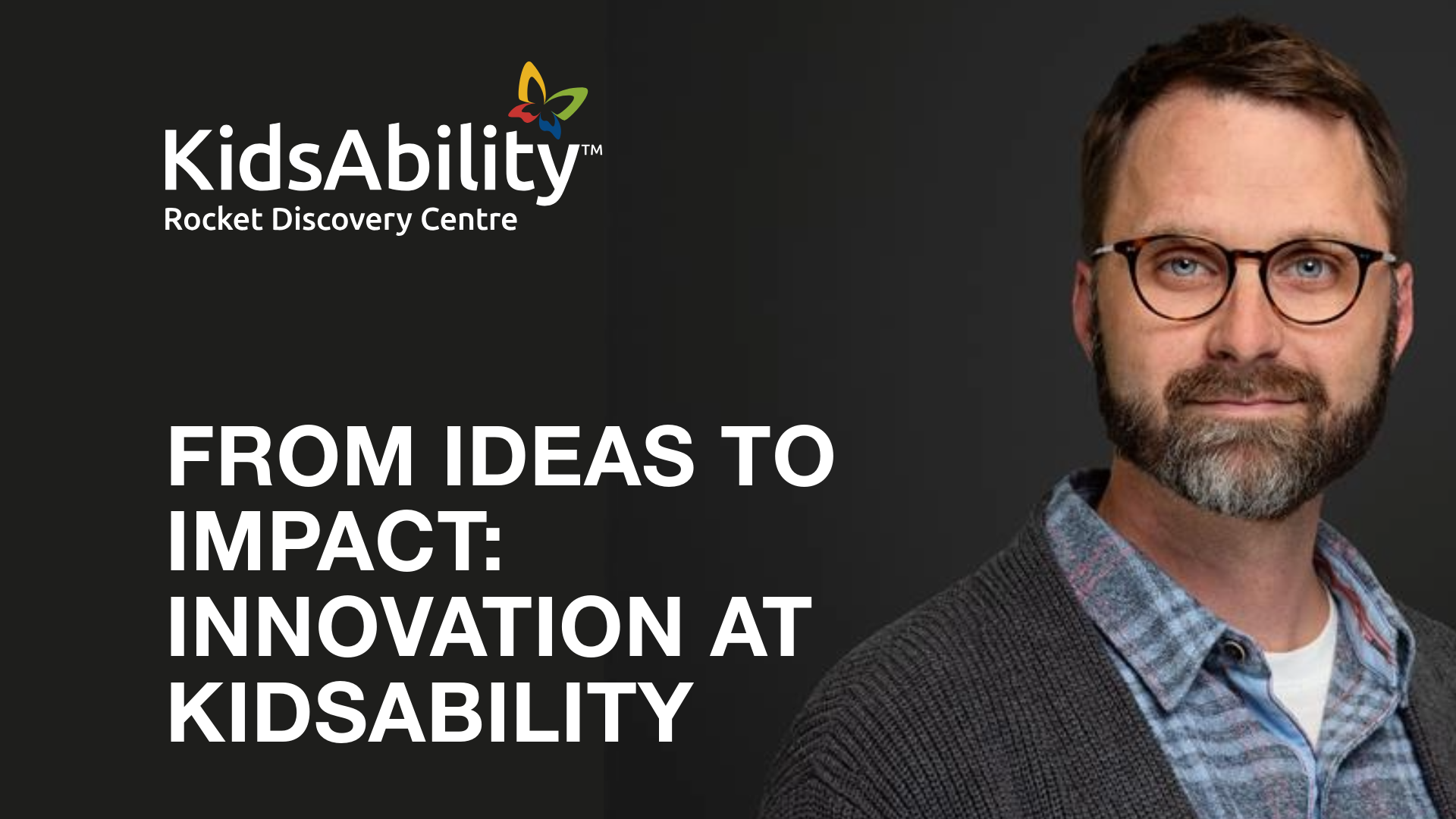Notifications are a critical part of a mobile app experience. When notifications are done well, your users get the correct information and the right time to make a decision. That can be simple, like seeing a new piece of content or taking advantage of a time-sensitive offer. They don’t only benefit your users. Push notifications can increase your app engagement by up to 88%, according to a report from Localytics.
But with great power comes great responsibility. Too many notifications can overwhelm users and cause them to turn off notifications or, worse, delete your app. Too few can lead to missed opportunities for user engagement. So, how do you strike the right balance?
We've developed a robust, reusable notification framework designed to cater to various needs while maintaining a user-first approach. Let’s dive into the different types of notifications, when to use them, and how our framework makes it easy to manage them effectively.
Your Quick Guide to App Notifications
App notification types vary depending on what version of Android or iOS the user has installed on their device. This extends to if they are using a paired smartwatch, too. Here is a quick guide to the different app notifications you can use to engage and inform your users.
- Push Notifications: These are alerts sent from apps to the user’s device, even when the app isn’t open. They’re ideal for sending updates, reminders, or alerts to users.
- In-App Notifications: These notifications appear within the app while users actively use them. They can be banners, pop-ups, or modals. They’re perfect for guiding users through features, providing tips, or delivering important information relevant to their current activity.
- Badge Notifications: These are visual indicators, usually on app icons, showing a new message, alert, or update. They’re great for prompting users to open the app to view unseen content or shaming them for how many unread emails they have in their inbox.
While notification types might be shared between the two operating systems, they offer some unique features. On Android, Notification Channels allows apps to group notifications, giving users control over what types of notifications they want to receive from each channel. On iOS, Notification Categories enable specific actions that users can take directly from the notification, like replying to a message or marking an item as done.What are the Different Types of Backend NotificationsFor this section, we’re talking about the backend types of notifications rather than the types a user will see.
- Instant Notifications are triggered immediately when a specific event occurs. These are ideal for time-sensitive updates, such as a message alert in a chat app or a reminder to complete a daily task. For example, in the BrainFit app we developed for the Women’s Brain Health Initiative, users receive an instant notification when they’re about to miss a habit they’re trying to maintain.
Use these when immediate action is needed, such as an alert that a task is due or a real-time event is happening. Be mindful not to overuse them, as they can quickly become intrusive.
- Scheduled Notifications are sent at a predetermined time or interval. They are perfect for non-urgent updates, such as weekly summaries or scheduled reminders. With BrainFit, users can choose to receive notifications daily, weekly, or monthly based on their preferences.
Ideal for regular updates or reminders that don’t require immediate attention. These help keep users engaged without overwhelming them with constant alerts. - Contextual Notifications are based on user behaviour or preferences and are designed to enhance the user experience by providing relevant information. For instance, if a user has a habit about mindfulness in BrainFit, they might receive a notification recommending a related article.
Best for personalized engagement, offering users content or actions that align with their habits and preferences. These notifications help create a more tailored and meaningful user experience.
The BitBakery Notification FrameworkBuilding and managing notifications can be complex, especially when dealing with multiple types of notifications and managing user preferences. To simplify this, we built a reusable notification framework that is scalable and flexible, leveraging Amazon Web Services.Our framework utilizes AWS Simple Notification Service for handling notifications, with AWS Lambda functions managing the logic. User preferences, such as notification frequency and types, are stored in a DynamoDB database, allowing us to filter and send notifications based on individual user settings.One of the standout features of our framework is its flexibility. For the BrainFit application, we integrated it with Contentful, a headless CMS, allowing us to update notification content and rules without needing to deploy new code. This makes it easy to run A/B tests or tweak settings to optimize engagement without interrupting the user experience.By sticking with AWS for most of our operations, we ensure that our framework is scalable and cost-efficient. The framework can easily handle increased notification volumes as your app grows without a hitch.Notifications are more than just a way to send updates—they’re a tool to enhance user engagement and improve the overall app experience. By choosing the right type of notification and leveraging a flexible, reusable framework like ours, you can ensure your users stay informed and engaged without feeling overwhelmed.Ready to enhance your app’s notification strategy? Let’s talk about how BitBakery can help you build the perfect solution.




